In today's rapidly evolving technological landscape, software testing stands as a cornerstone of quality assurance, ensuring that software applications meet the expectations of users in terms of functionality, reliability, and performance.📈
Understanding fundamental concepts, developing skills in advanced techniques, and keeping up with new developments are crucial for anyone beginning the field of testing or seeking to develop their career as a skilled expert.
📌Understanding software testing: Provides an overview of the importance of software testing and the purpose of the guide.
📌 Common Types of Software Testing: Explores various testing methodologies and techniques used to validate software applications.
📌 Strategies for Entry-Level Testers: Offers strategies for entry-level testers to enhance their problem-solving skills.
📌 Collaboration with Developers: Discuss effective collaboration strategies between testers and developers.
📌 Hidden Tools of Software Testing: Highlights lesser-known tools and techniques to improve testing efficiency.
📌 Challenges Faced and Tips for Overcoming Them: Addresses common challenges faced by entry-level testers and provides tips for overcoming them.
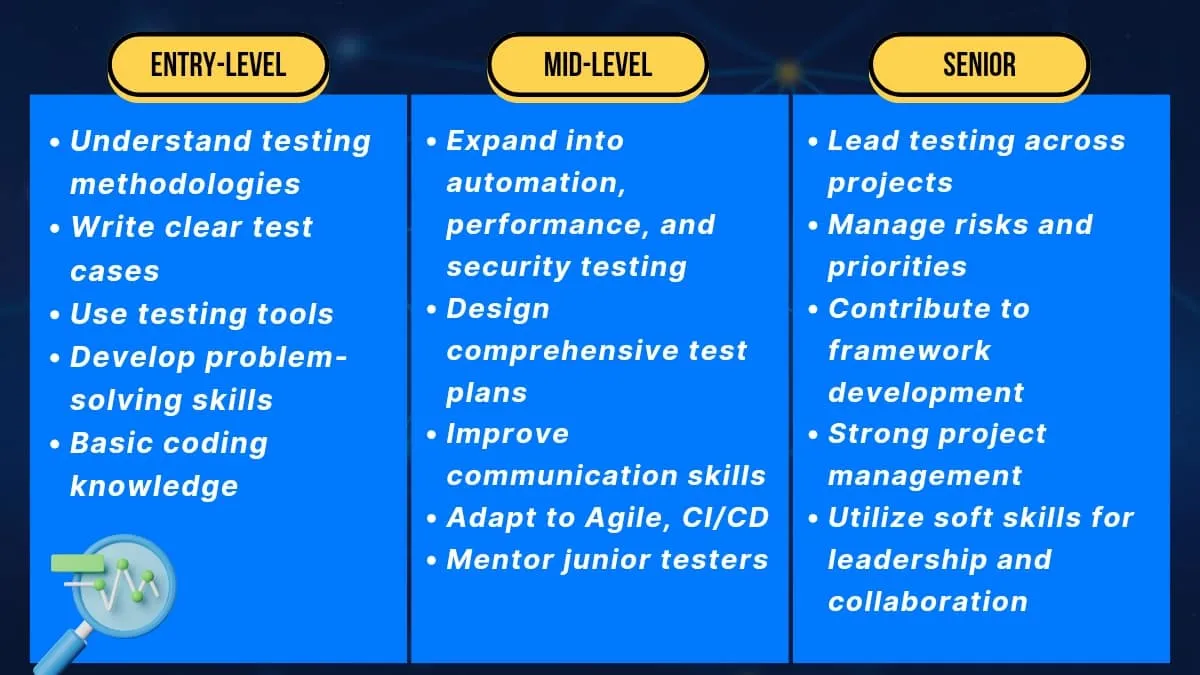
What is Software Testing?
Software Testing is the process of evaluating software applications to identify and resolve defects, ensuring that they meet specified requirements and deliver optimal performance. 📝 From validating functionality and usability to assessing security and scalability, software testing encompasses a diverse array of methodologies and techniques aimed at delivering high-quality software products. 🛠️
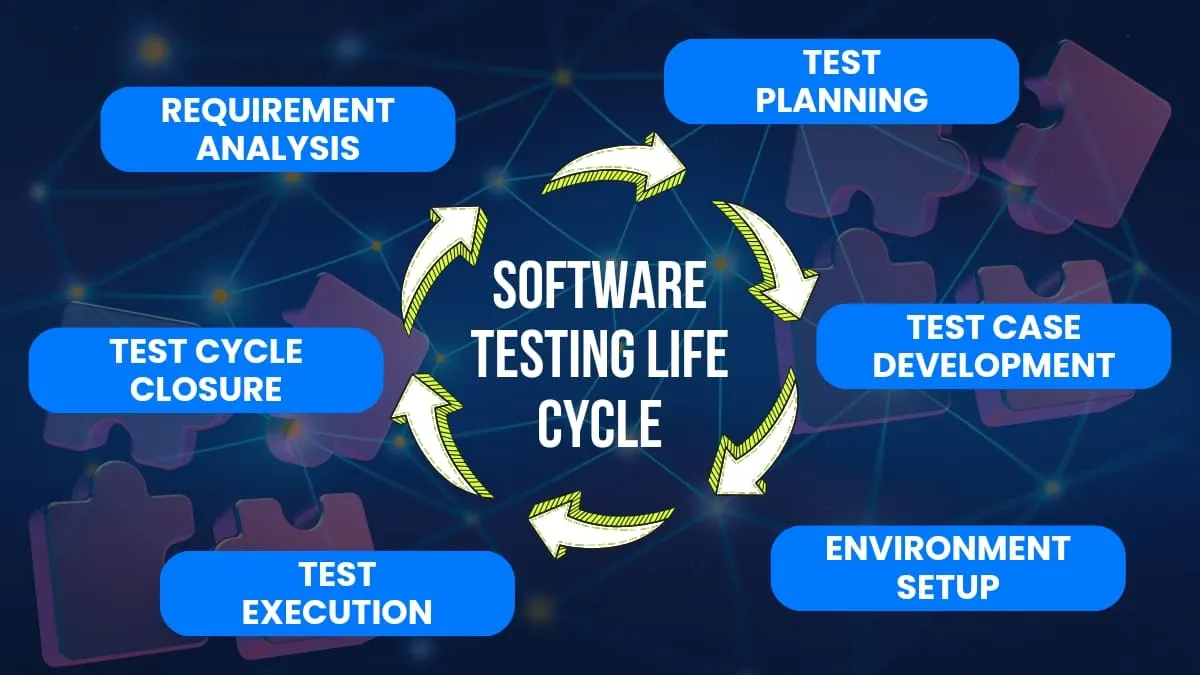
It requires a wide range of technical skills, including proficiency in manual testing and automated testing tools, familiarity with operating systems, collaboration with development teams and software developers, involvement in open-source projects, consideration of user experience, and adaptation to mobile testing requirements. This is essential in navigating the dynamic landscape of the technology industry.💻

Some Common Types of Software Testing

Multiple types of techniques and approaches are used in software testing, each of which is designed to address a specific aspect of software quality. Some common types of software testing include:
- Functional Testing: This type of testing focuses on verifying that the software functions ✔️ as intended, executing test cases to validate individual functions and features against predefined requirements.🛠️
- Regression testing: Regression testing ensures that recent code changes have not adversely affected existing functionality, identifying 🔍 and mitigating potential regression defects to maintain software stability.🔁
- Performance Testing: Performance testing evaluates the responsiveness, scalability, and reliability of a software application under varying workload conditions ⚡, helping to identify performance bottlenecks and optimize resource utilization.📊
- Security Testing: Security testing assesses the robustness of a software application's security mechanisms 🔐, identifying vulnerabilities and weaknesses that malicious actors could potentially exploit.🛡️
What Strategies can Entry-Level Testers use to enhance their Problem-Solving Skills?
Problem-solving lies at the heart of software testing, empowering testers to identify, analyze, and resolve complex issues encountered during the testing process. For entry-level testers looking to enhance their problem-solving skills, adopting the following strategies can prove invaluable:
- Develop a Systematic Approach: Break down complex problems into manageable components, devising a systematic approach to tackle each aspect methodically and effectively.🧩
- Leverage Test Automation: Embrace automation tools and frameworks to streamline repetitive testing tasks, allowing testers to focus their efforts on more challenging and critical aspects of testing.🤖
- Continuously Learn and Adapt: Stay abreast of emerging trends, technologies, and best practices in software testing through continuous learning and professional development initiatives, leveraging online courses, workshops, and industry conferences to expand your knowledge and skill set.📚
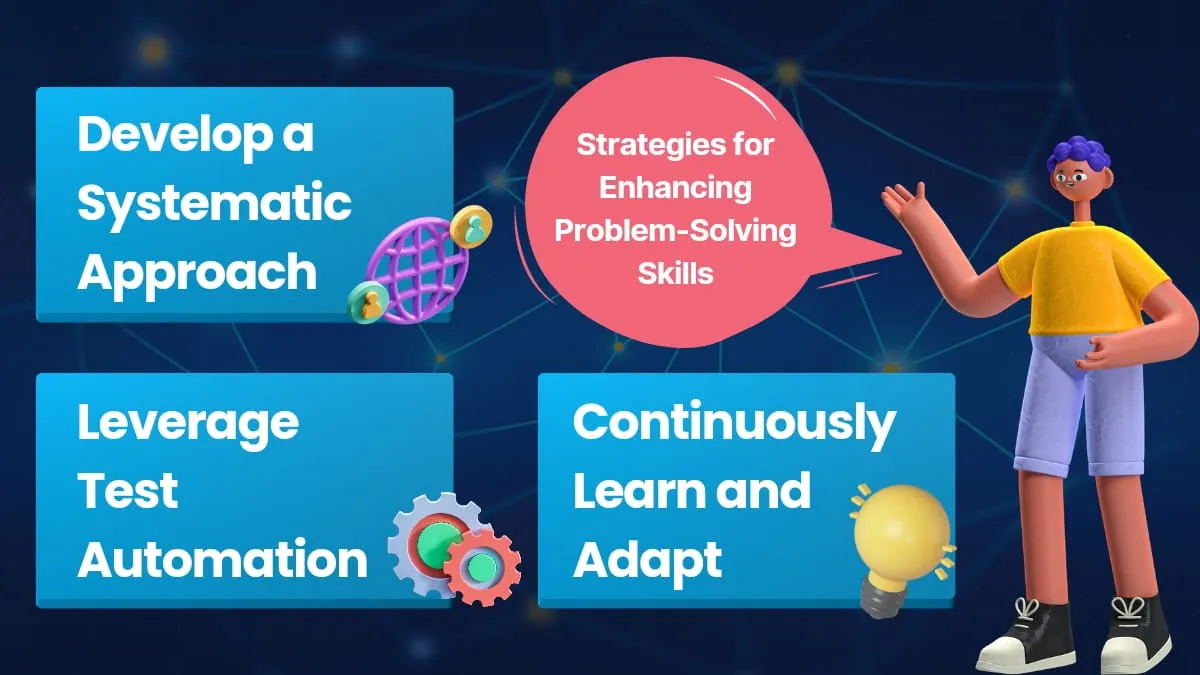
Identifying Problems with Effective Problem-Solving Techniques
Effective problem-solving requires a combination of analytical thinking, creativity, and collaboration. To identify and address problems effectively, testers can employ various techniques, including:
- Root Cause Analysis: Delve deep into the underlying causes of issues to identify 🔍 the root cause, enabling you to implement targeted solutions that address the core problem rather than merely addressing symptoms.🔬
- Brainstorming and Collaborative Problem-Solving: Foster a culture of collaboration and innovation within your testing team, encouraging members to share ideas💡, insights, and perspectives to collectively identify solutions and overcome challenges.🤝
- Risk-Based Testing: Prioritize testing efforts based on the potential impact and likelihood of occurrence of identified risks⚠️, ensuring that critical areas receive the necessary attention and resources during the testing process.📊
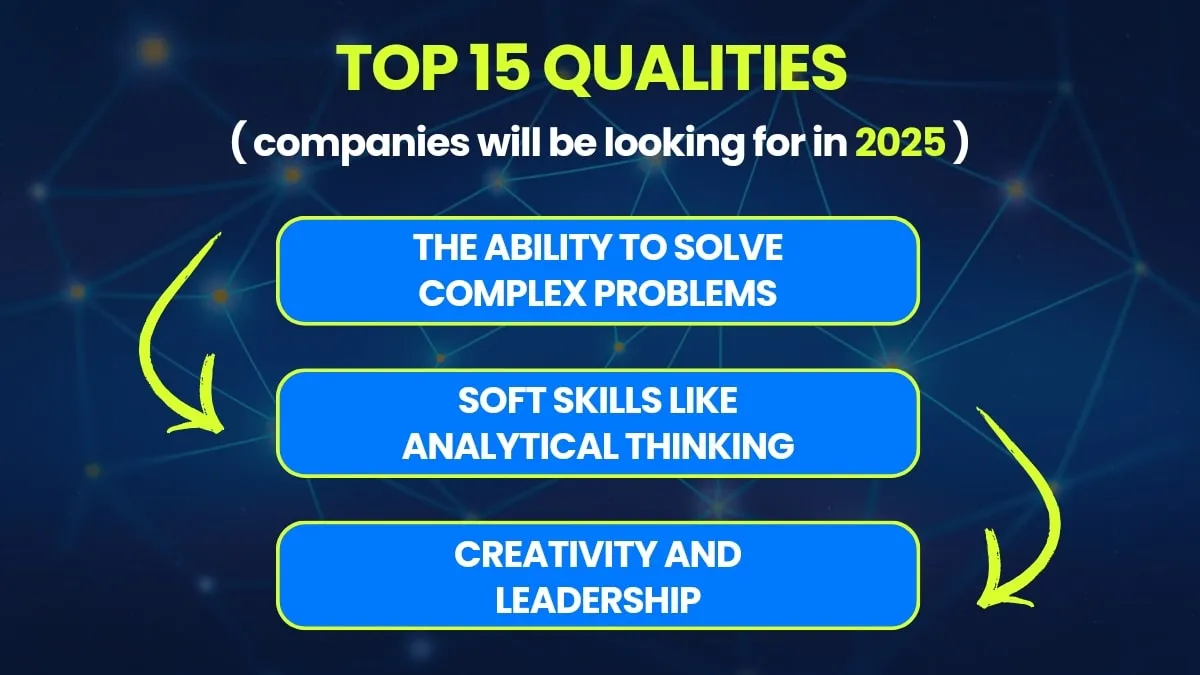
How can Entry-Level Testers effectively collaborate with Developers?
Collaboration between testers and developers is essential for delivering high-quality software products that meet user expectations and business requirements.

To foster effective collaboration, entry-level testers can adopt the following strategies:
- Establish Open Communication Channels: Foster transparent and open communication channels between testers and developers, facilitating the exchange of feedback, ideas, and concerns throughout the development and testing process.🗣️
- Embrace Agile Methodologies: Embrace agile principles and practices such as daily stand-ups, sprint planning, and retrospective meetings to promote collaboration, transparency, and teamwork among cross-functional teams.🤝
- Shared Ownership of Quality: Cultivate a culture of shared ownership of quality within your organization, emphasizing the collective responsibility of both testers and developers to ensure the delivery of high-quality software products.🌟
Highlighting the Hidden Tools of Software Testing
In addition to traditional testing tools and frameworks, a wealth of lesser-known tools and techniques can significantly enhance the efficiency and effectiveness of software testing activities. Some hidden tools of software testing include:
- Mind Mapping Tools: Utilize mind mapping tools to visualize test scenarios, requirements, and dependencies, facilitating comprehensive test planning and execution.🗺️
- For example, tools like MindMeister or XMind can help testers create detailed mind maps outlining test strategies.
- Session-Based Testing Techniques: Adopt session-based testing techniques to structure exploratory testing sessions, enabling testers to explore software functionalities and identify defects in an organized and systematic manner.🔍
- For example, using Session-Based Test Management (SBTM) allows testers to track their testing progress and findings effectively.
- Visual Regression Testing Solutions: Leverage visual regression testing solutions to detect unintended visual changes in the user interface of web applications, ensuring consistency and adherence to design guidelines across different browser environments.🖥️
- For example, tools like Applitools Eyes or Percy provide automated visual testing capabilities to catch UI discrepancies efficiently.

Common Challenges Faced by Entry-Level Software Testers and How to Overcome Them
Entering the field of software testing comes with its share of challenges, but with the right mindset and strategies, these challenges can be overcome. Some common challenges include.
- Limited Technical Knowledge: Bridge the gap by investing time in learning programming languages, automation tools, and testing frameworks.📚
- Communication Barriers: Improve communication skills to effectively convey testing findings, concerns, and recommendations to stakeholders.🗣️
- Handling Pressure: Develop resilience and time management skills to thrive in fast-paced and dynamic testing environments. 🌱

As a new software tester, overcoming challenges and navigating the complexities of the testing profession requires a combination of determination, dedication, and a willingness to learn and adapt.
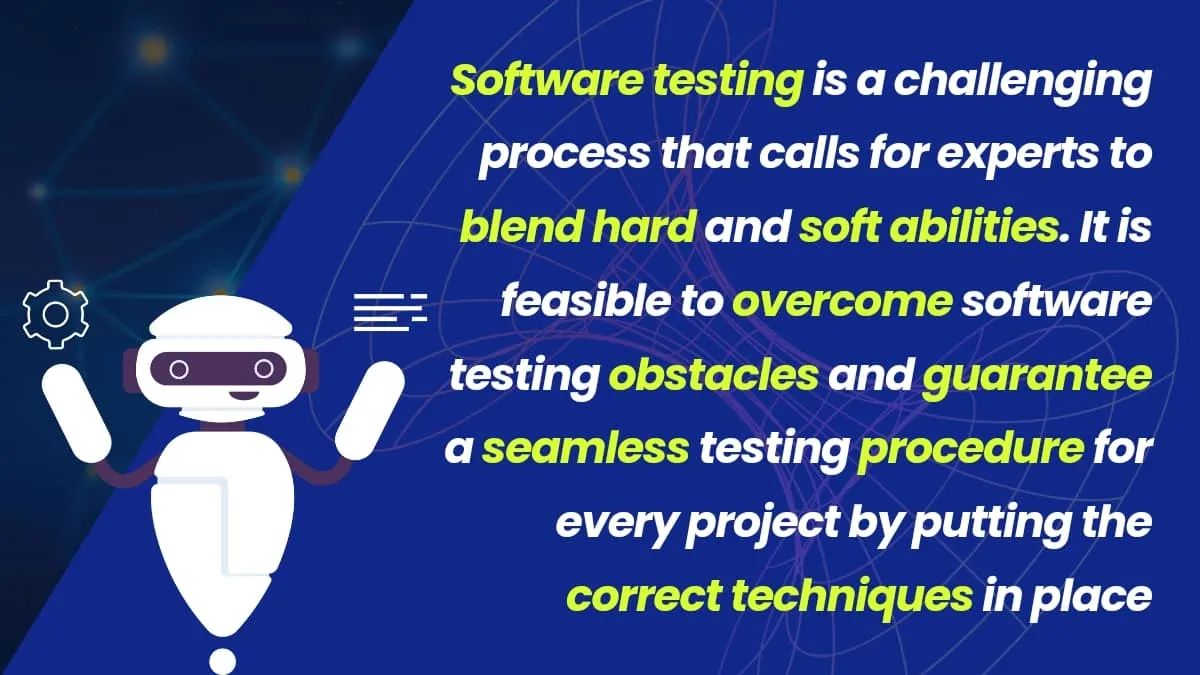
Consider the following tips to overcome common challenges and succeed as a new software tester:
- Seek Mentorship and Guidance: Seek out experienced testers or mentors who can provide valuable guidance, advice, and support as you embark on your testing journey, leveraging their expertise and insights to accelerate your learning and development.🎓
- Build a Strong Foundation: Invest time and effort in building a strong foundation of testing fundamentals, methodologies, and best practices, mastering core concepts and techniques that form the bedrock of software testing excellence.📚
- Embrace Continuous Improvement: Embrace a growth mindset and commit to continuous improvement and self-development, actively seeking opportunities to refine your skills, expand your knowledge, and elevate your performance as a software tester.📈
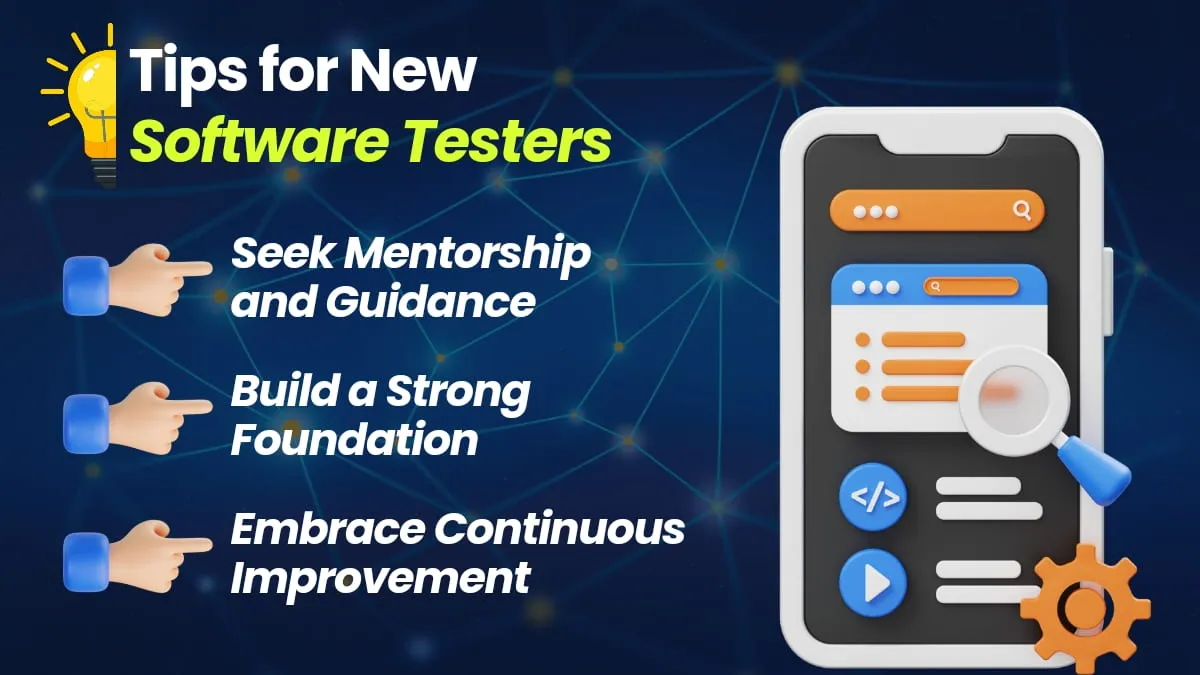
What are the Best Practices for Bug Reporting as an Entry-Level Tester?
Effective bug reporting is essential for facilitating the resolution of issues and ensuring the quality and stability of software products. To excel in bug reporting as an entry-level tester, consider implementing the following best practices:
👉🏻Provide Clear and Detailed Bug Reports: Ensure that your bug reports are clear, concise, and contain all the necessary information required for developers to reproduce and address the reported issue, including detailed steps to reproduce, expected and actual results, environment details, and relevant screenshots or logs.💻
👉🏻Prioritize Bugs Based on Severity and Impact: Prioritize your bug reports based on the severity and impact of the reported issue, focusing on critical defects that pose a significant risk to the functionality, usability, or security of the software application.🔍
👉🏻Collaborate and Communicate Effectively: Foster open communication and collaboration with developers and other stakeholders throughout the bug reporting and resolution process, providing regular updates, seeking clarification when needed, and actively participating in discussions to ensure timely and effective resolution of reported issues.📝
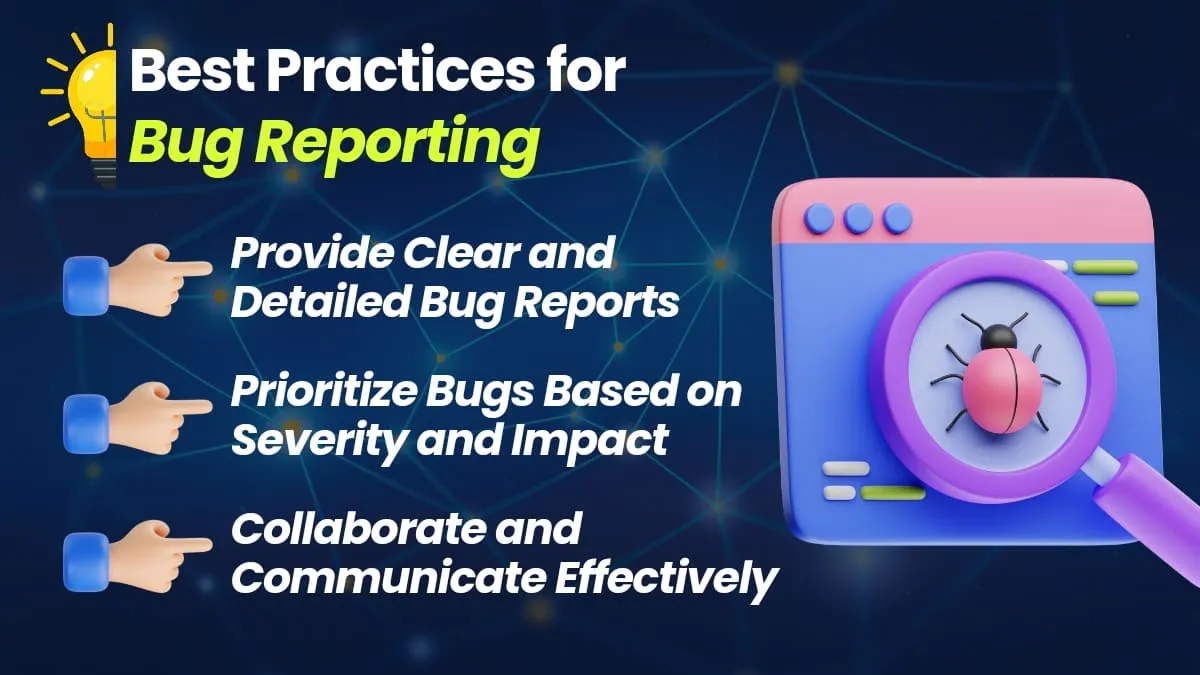
How should Entry-Level Testers approach Test Case Design?
Test case design is a fundamental aspect of software testing, enabling testers to systematically validate the functionality, performance, and quality of software applications.
Approach for Entry-Level Testers to Test Case Design:
- Understand Requirements and Specifications: Gain a thorough understanding of the software requirements and specifications, through collaboration with stakeholders.📋
- Leverage Testing Techniques and Methodologies: Familiarize yourself with various testing techniques and methodologies, such as equivalence partitioning, boundary value analysis, and risk-based testing.🎯
- Prioritize Test Cases Based on Risk and Impact: Prioritize your test cases based on the perceived risk, complexity, and business impact of the associated features or functionalities.
- Develop Clear and Concise Test Case Scenarios: Craft clear and concise test case scenarios with documentation including
- Test Case ID: Assign a unique identifier to each test case for easy reference and tracking.
- Description: Provide a brief description of the test case, outlining the specific functionality or feature being tested.
- Steps to Execute: Detail the steps required to execute the test case, including any preconditions or setup steps necessary for the test environment.
- Expected Results: Specify the expected outcomes or behaviour that should be observed when executing the test case successfully.
- Pass/Fail Criteria: Define the criteria for determining whether the test case passes or fails, based on the observed results compared to the expected outcomes.
- Design Positive and Negative Test Cases:
- Design positive test cases to validate expected behaviour under normal operating conditions.
- Design negative test cases to verify how the system handles unexpected inputs or errors gracefully

Value of Technical Expertise for Software Testers
Technical expertise is indispensable for software testers, enabling them to effectively navigate complex testing scenarios, leverage automation tools and frameworks, and contribute to the overall quality and success of software projects.
As a software tester, developing and honing your technical skills can significantly enhance your ability to perform testing activities efficiently and effectively. Some areas of technical expertise for software testers include testing types, unit testing, a deeper understanding of the development process, key skills, and basic skills.💻
- Proficiency in Programming Languages: Develop proficiency in programming languages commonly used in software development and testing, such as Java, Python, C#, or JavaScript, enabling you to write and execute automated test scripts, customize testing frameworks, and integrate testing tools with development pipelines.🔧
- Familiarity with Testing Tools and Frameworks: Gain familiarity with Testing Tools and Frameworks by categorizing them into different sections for better organization.🛠️
- Understanding of Version Control Systems: Acquire a basic understanding of version control systems such as Git, Subversion, or Mercurial, allowing you to effectively collaborate with developers, manage test scripts and artifacts, and track changes and revisions throughout the software development lifecycle.🔄

In Brief
Software testing is a dynamic and evolving field that offers immense opportunities for growth and advancement. By embracing a proactive approach to learning, staying updated with industry trends, and honing essential skills, entry-level testers can pave the way for a successful and fulfilling career in software testing. Remember, the journey from entry-level to professional tester is not just about mastering tools and techniques but also about cultivating a mindset of continuous improvement and innovation.
People also ask
👉🏻What is the Role of Documentation in Software Testing?
Documentation serves as a critical artifact in software testing, capturing test plans, test cases, test results, and other relevant information to ensure traceability, reproducibility, and compliance with regulatory standards.📄
👉🏻How do we stay updated with the Latest Trends and Tools in Software Testing?
Stay abreast of the latest trends and tools in software testing through continuous learning, participation in conferences, webinars, and meetups, and engagement with online communities and forums.
👉🏻Which Major Metrics are used to evaluate the Quality of Testing?
Common metrics used to evaluate the quality of testing include defect density, test coverage, defect ageing, and test execution efficiency.📚
👉🏻What are some Common Mistakes Entry-Level Testers make?
Entry-level testers often encounter various challenges and pitfalls as they navigate the complexities of software testing. Some common mistakes that entry-level testers may make include:
- Overlooking the importance of test documentation, such as test plans, test cases, and test reports, which are essential for ensuring traceability, repeatability, and compliance with testing standards and requirements.📊
- Struggling to effectively communicate testing findings, concerns, and recommendations to stakeholders, developers, and other members of the project team due to limited communication skills or technical knowledge.🔍
👉🏻How can Software Testers effectively develop their Soft Skills?
Soft skills are vital for testers' success, aiding in collaboration, clear communication, and adaptability. Tester's soft skills development tips:
- Practice & Feedback: Refine skills with real-world tests, and seek feedback.📝
- Self-Reflection: Analyze strengths, and weaknesses, and improve.🔍
- Professional Growth: Attend workshops and courses for skill enhancement.📈
- Peer Learning: Engage with peers, and mentors for shared knowledge.💡





%201.webp)

